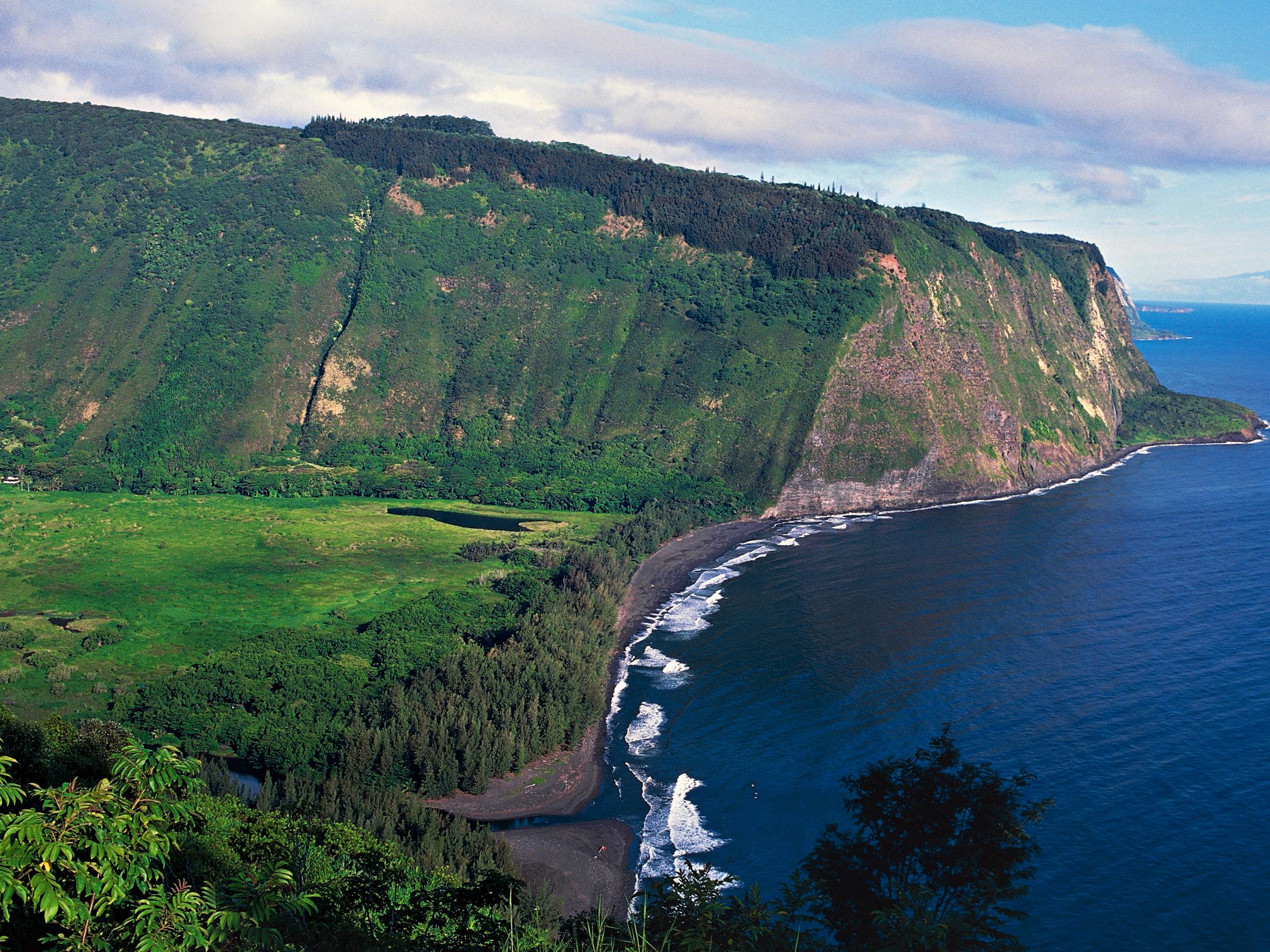Hawaii may be devastated by a mega-tsunami in next 50 years, says study
Research suggests there is a six to 12 per cent chance a mega-earthquake will cause a tsunami in Hawaii in the next 50 years

The Aleutian Islands - a volcanic island chain in Alaska - occupies an area prone to seismic activity. The activity varies in scale and strength, however a mega-earthquake triggered in the islands could produce enough power to create a huge tsunami able to devastate Hawaii’s costal areas and economy.
And, according to a new study, there is a chance such an event could occur in the next 50 years.
Research published on Friday in the Journal of Geographic Research Solid Earth studied fault length and plate convergence rates to estimate the probability of a mega-earthquake (magnitude 9 or greater) occurring in the Aleutian Islands, which would be especially devastating for Hawaii.
The findings suggest there is a six to 12 per cent chance of a mega-earthquake striking and causing a mega-tsunami in Hawaii in the next 50 years.
If such an event occurs it could cause around $40 billion in damage and affect more than 300,000 people.
Rhett Butler, lead author and geophysicist at the University of Hawaii Mānoa School of Ocean and Earth Science and Technology (SOEST) said: “Having no recorded history of mega-tsunamis in Hawaii, and given the tsunami threat to Hawaii we devised a model for magnitude 9 earthquake rates.”
To validate this model Mr Butler, and co-authors Neil Frazer and William Templeton, used recorded histories and seismic/tsunami evidence related to the five largest earthquakes, all greater than magnitude 9, since 1990; Tohoku 2011, Sumatra-Andaman 2004, Alaska 1964, Chile 1960 and Kamchatka 1952.
“These five events represent half of the seismic energy that had been released globally since 1900,” said Mr Butler. “The events differed in details, but all of them generated great tsunamis that caused enormous destruction.”
Researchers also took into account past tsunamis which occurred before recorded history – evidence of which is represented in geological layers in coastal sediments, volcanic tephras and archaeological sites.
This includes evidence of a large tsunami that struck the south side of the Hawaiian island of Kauai about 500 years ago, leaving a huge cave and sinkhole.
“We were surprised and pleased to see how well the model actually fit the paleotsunami data,” Mr Butler said.
The team said it hopes to use the findings to help authorities evaluate the potential threat of a tsunami. They are also considering ways to extend the analysis to smaller earthquakes around the Pacific.
"These are rare events. They don't happen all the time but there is a chance for them and our effort here is to try to define what that chance might be,” Mr Butler told Hawaii News Now.
Join our commenting forum
Join thought-provoking conversations, follow other Independent readers and see their replies
Comments
Bookmark popover
Removed from bookmarks